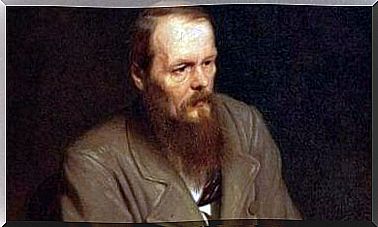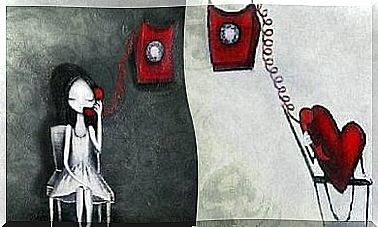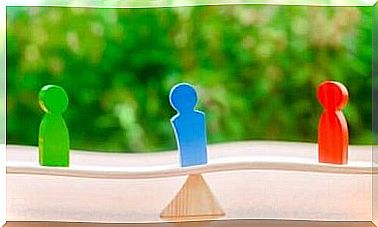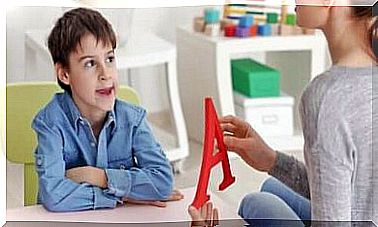What Exactly Is Cognitive Restructuring?
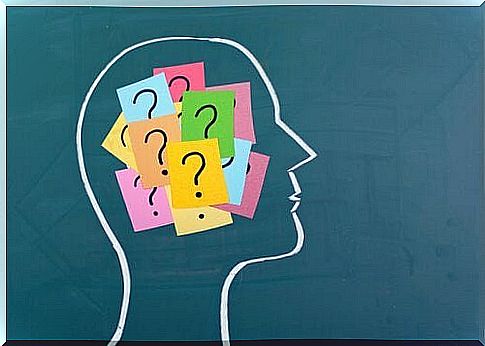
What would happen if your partner left you? You would feel terrible. Would it really be that bad? How many other terrible things are happening in the world? How many of those are worse than breaking up with your partner? You may wonder where all these questions come from. Well, they come from cognitive restructuring.
Cognitive restructuring is a technique that focuses on our thoughts. Through this technique, people learn to replace harmful thoughts with other, less malicious thoughts.
For example, cognitive restructuring is one of the most suggestive cognitive-behavioral techniques within a psychologist’s repertoire. When we change certain thoughts, we change the emotions that accompany them, which can lead to better well-being.
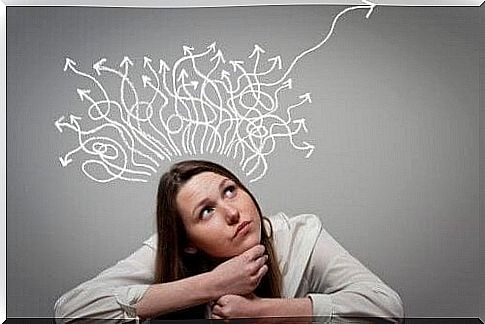
A thought is a hypothesis
In cognitive restructuring , a therapist has the patient identify his or her thoughts and ask questions about them. As a result, they will replace these thoughts with more appropriate ones, to reduce or eliminate the emotional problems that caused the former.
In cognitive restructuring, thoughts are considered hypotheses. The therapist and patient work together to collect data that determine whether those hypotheses are correct or useful.
Rather than presenting the patient with a set of valid alternative thoughts, the therapist asks a series of questions so that he or she can design behavioral experiments that the patient evaluates and uses to test his or her negative thoughts.
Finally, patients come to a conclusion about the legitimacy or usefulness of these thoughts. As you can see, the therapist does not impose anything on the patient. The patient draws conclusions from the experiments.
Theoretical foundations of cognitive restructuring
Cognitive restructuring is based on the following theoretical assumptions:
- The way people cognitively structure their experiences has a fundamental influence on how they feel and act, as well as on the physical reactions they have. In other words, our response to a particular event depends primarily on how we perceive, appreciate, and interpret that event.
Imagine you are on a date with a person you barely know. You waited half an hour and he still hasn’t showed up. If your interpretation is that he is not interested in you, then you will feel sad and never contact him again.
However, if you think that the reason the person is late is a setback or confusion about the appointed time, your emotional and behavioral response will be very different. On the other hand, affection, behavior and physical reactions influence each other and contribute to the maintenance of thoughts.
- You can identify people’s thoughts through methods such as interviews, questionnaires and self-registrations. Many of these thoughts are conscious, while others are unconscious. However, the person can access it.
- It is possible to adjust people’s thoughts. In fact, it is used to achieve therapeutic changes.

The ABC model of cognitive restructuring
Cognitive restructuring is based on a model that many authors (e.g. Ellis, 1979) call the ABC model.
In this model, the letter A refers to an activating situation, event or experience. For example, being judged by a person we love or failing a test.
The letter B represents the appropriate or inappropriate cognition (thoughts) of the patient about the situation (A). Cognition also refers to cognitive processes. Below we find:
- observation
- attention
- memory
- reason
- interpretation
A person’s assumptions and beliefs cause errors in information processing. Among these errors or biases we find, among others:
- overgeneralization
- filter
- dichotomous thinking
- disaster thinking
Finally, the letter C refers to the emotional, behavioral and physical consequences of B (cognitions). For example, being scared and running away when a barking dog approaches us.
Emotions, behavior and physical reactions influence each other and help to maintain cognition. In the ABC model, cognitions always precede emotions. However, emotion can exist for a few moments without prior cognitions.
A basic assumption of cognitive restructuring is that cognitions play an important role in explaining human behavior and emotional disorders.
As you can see, according to cognitive restructuring, events in themselves are not responsible for our emotional reactions and behavior. Thus, our expectations and interpretations of these events, as well as related beliefs, are responsible for how we feel and act.

